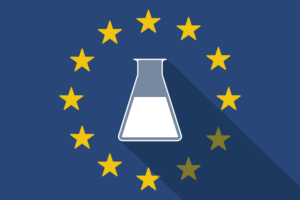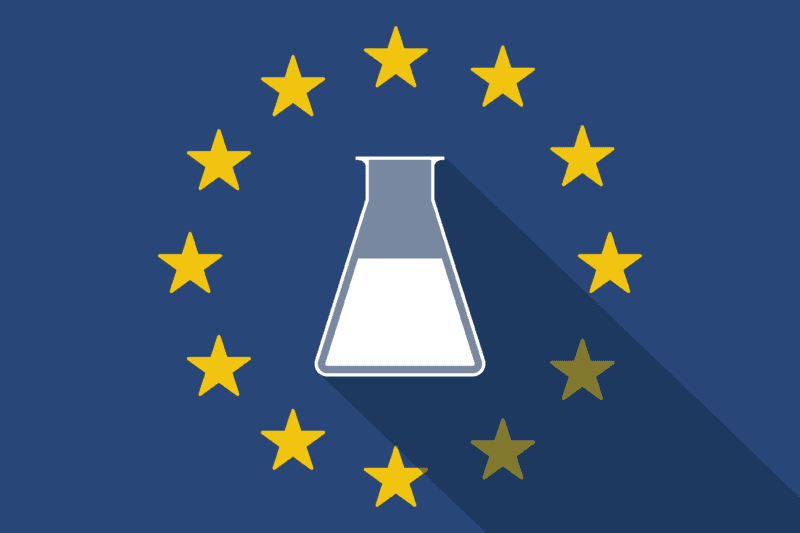The Backstory
 Historically, many genotoxic carcinogens, such as benzene and nickel compounds, were thought to have linear dose-response curves, meaning that nearly any dosage level—even infinitesimally small doses of the substance—would produce some toxic effect. Although threshold limit values were assigned by certain European Union Members States, and even at the EU-level in some cases (e.g. benzene), these limits were not based on a single mode of action and were often assigned based upon Quantitative Structure Activity Relationship data or other extrapolation techniques.
Historically, many genotoxic carcinogens, such as benzene and nickel compounds, were thought to have linear dose-response curves, meaning that nearly any dosage level—even infinitesimally small doses of the substance—would produce some toxic effect. Although threshold limit values were assigned by certain European Union Members States, and even at the EU-level in some cases (e.g. benzene), these limits were not based on a single mode of action and were often assigned based upon Quantitative Structure Activity Relationship data or other extrapolation techniques.
What’s Changing
ECHA’s Risk Assessment Committee (RAC) has now determined that the mode of action for certain genotoxic carcinogens is understood and that existing exposure levels should be revised to reflect the newly understood risk. For example, it is now accepted by the RAC that benzene causes cancer specifically by damaging certain chromosomes, and since the amount required to cause this damage is only perhaps 0.05 ppm, according to a key Dutch study, the existing EU Limit Value of 1 ppm over an 8 hour period will likely be updated, depending on the decision of the European Commission.
Implications
The establishment of new EU limit values not only affects employee monitoring in the workplace, perhaps requiring new engineering controls or other risk management measures, personal protective equipment, etc., but it also affects the Safety Data Sheets (SDS) that contain this information in Section 8. Since the RAC proposed new limit values specifically for benzene, acrylonitrile and nickel compounds, any EU SDS referencing these substances’ current limit values may require revision to reflect the new limits. Per Article 31(9) of EC 1907/2006 (REACH), because this information (i.e. the new limit values) may impact risk management measures, the SDS must be updated “without delay.”
Since compliance is a moving target, with ever-changing regulatory thresholds, key to the success of your enterprise will be your ability to quickly and effectively respond, either internally, or with the help of a trusted partner such as Global Safety Management.


